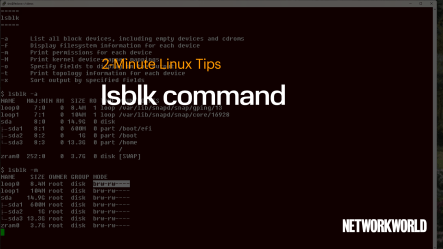
Traffic management is a growing challenge for cities worldwide, requiring a balance between enforcement, efficiency, and public trust. In Kazakhstan, the Qorgau system is redefining road safety through an innovative fusion of artificial intelligence (AI), computer vision, and mobile technology. Designed to assist traffic police in real-time violation detection and enforcement, Qorgau represents a leap forward in smart policing.
A digital approach to safer roads
Since its implementation, the impact has been substantial. Road accidents in Kazakhstan have decreased by 30%, and the number of injured individuals has dropped from over 500 in 2019 to 338 in 2023. At the same time, the system has streamlined the collection of traffic fines, raising compliance rates from 50.5% in 2017 to 88.1% in 2023. These improvements demonstrate the power of digital transformation in public safety.
Qorgau’s mobile-first approach equips traffic police with a digital tool that integrates seamlessly with the country’s broader law enforcement infrastructure. The system uses AI-driven cameras to scan traffic in real time, detect violations such as speeding, running red lights, and improper lane usage, and immediately flag offenders. The results are sent to police officers’ tablets, allowing for quick decision-making without unnecessary vehicle stops. This minimizes congestion and eliminates subjective enforcement, ensuring fairer and more efficient policing.
Beyond enforcement, Qorgau contributes to preventive policing. The system logs vehicle movement data, helping officers identify patterns in high-risk areas and anticipate violations before they occur. This approach aligns with global smart city initiatives, where data-driven decision-making enhances public safety while reducing administrative burdens on law enforcement.
Laying down the digital foundation is key
However, deploying such an advanced system comes with challenges. The need for 24/7 monitoring, secure data transmission, and AI-driven analytics required significant investment in digital infrastructure. Additionally, ensuring officers were properly trained to use the system was critical for its effectiveness. These challenges were addressed through close collaboration between Kazakhstan’s Ministry of Internal Affairs and technology partners, resulting in a fully integrated and highly efficient solution.
The success of Qorgau highlights a broader global trend in intelligent transportation management. Many cities worldwide are turning to AI-powered systems to optimize traffic flow, improve air quality, and reduce road fatalities. Countries like Singapore and the UAE have pioneered similar initiatives, leveraging smart sensors and data analytics to create safer and more efficient urban environments.
Looking ahead, Qorgau is poised for further expansion. Enhancements in facial recognition, automated ticketing, and AI-driven pattern analysis will further streamline operations, while the possibility of integrating the system with autonomous vehicle networks could redefine the future of road safety. As Kazakhstan continues to embrace digital transformation, Qorgau stands as a leading example of how technology can bridge the gap between enforcement and public service.
Curious to learn more about Qorgau and its impact on Kazakhstan’s road safety?
Learn how Kazakhstan’s Qorgau system is transforming road safety with AI-powered enforcement and data-driven policing. Discover its impact, challenges, and future advancements by downloading the full report: Global Trends in Smart Traffic and Transportation.








